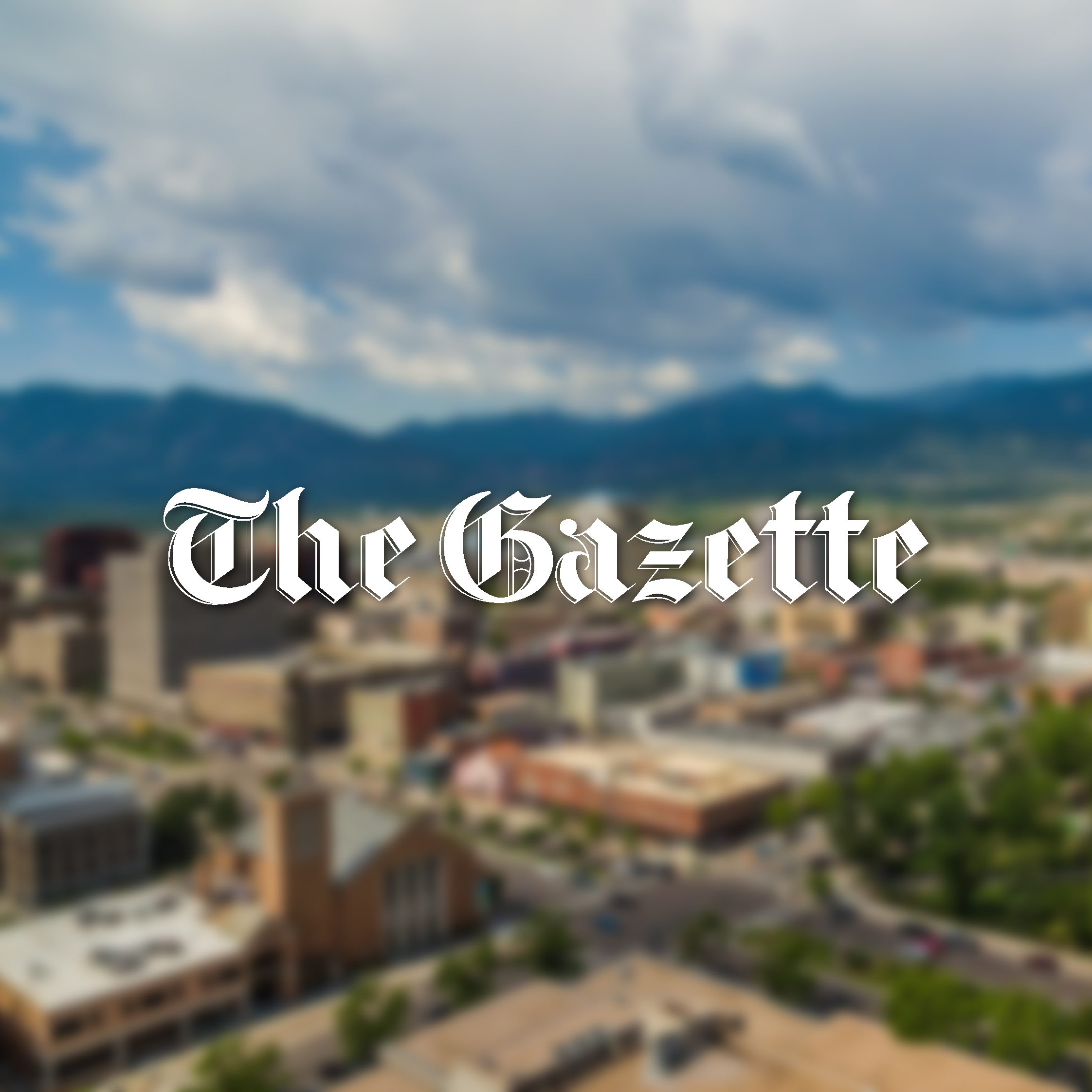When Susan Potter decided to donate her body to science, she wanted to make an impact on humanity. "This will be my last will and testament," she said in a 2002 interview. "To leave something behind that would have an impact on the human race." Potter died in 2015, but thanks to groundbreaking technology and a long collaboration with University of Colorado scientist Vic Spitzer, she'll live on for generation of medical students. More than a decade before her death, Potter approached Spitzer, who heads CU's Center for Human Simulation, and asked to donate her body to science.
CU Anschutz
Fitzsimons Building
13001 East 17th Place
Aurora, CO 80045








